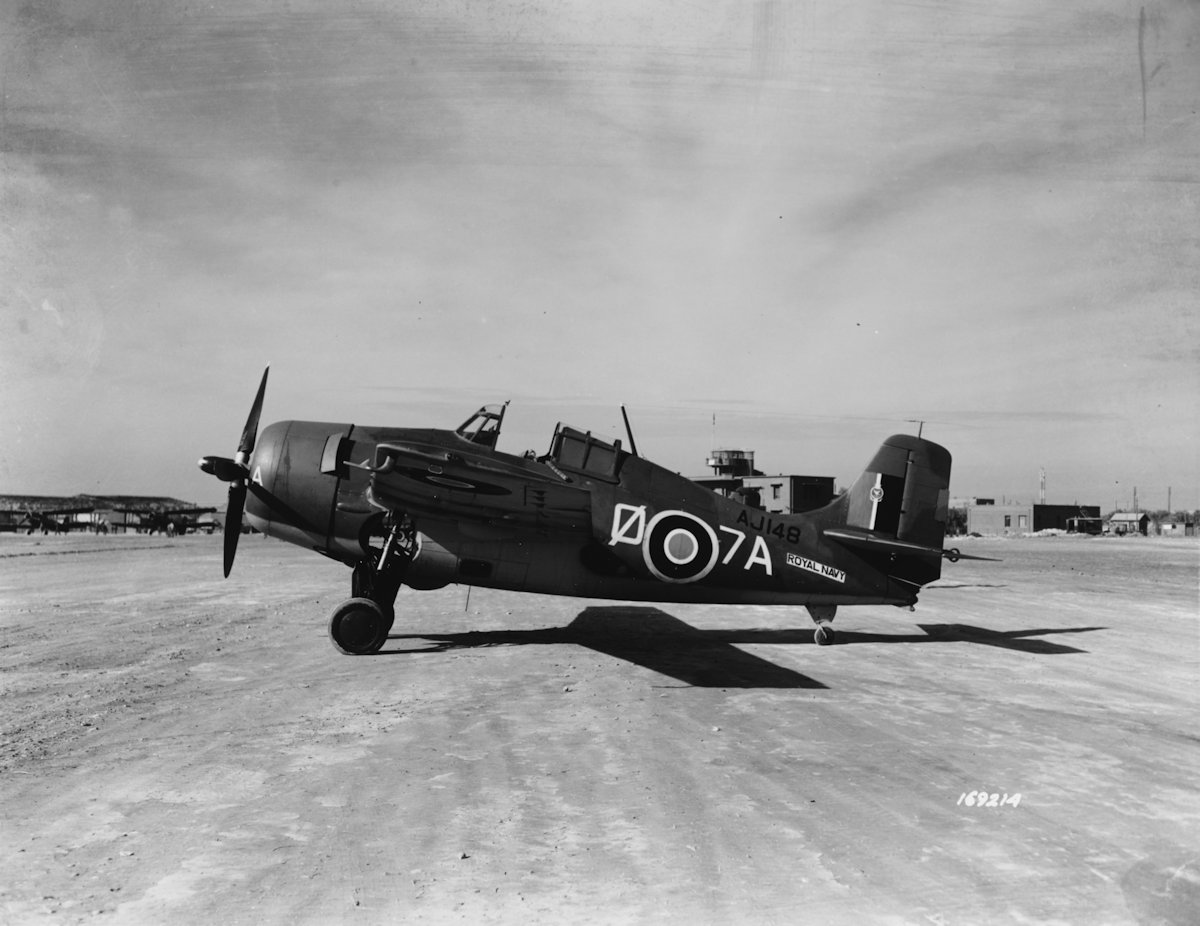Tag: aviation
-
Dornier Do 215 in Luftwaffe Service

Dornier Do 215 in Luftwaffe Service The Dornier Do 215 was designed as an export version of the successful Do 17 bomber. Three prototypes were built: The V1 was essentially the same as the Do 17Z ans ws powered by Bramo 323 Fafnir radial engines; The V2 was powered by Gnome-Rhône 14-NO radial engines, while… Read more
-
Heinkel He 111 in Spanish Service

Heinkel He 111 in Spanish Service As part of Nazi Germany’s support for the Nationalist forces in the Spanish Civil War, an air component of volunteer crews was established as the Legion Condor. Initial Legion Condor bomber strength was composed of Junkers Ju 52. However these proved vulnerable to Republican Polikarpov I-16 fighters. In response,… Read more
-
Grumman Wildcat in British Service

Grumman Wildcat in British Service Initially operated under the nae Martlet, the Fleet Air Arm would eventually receive nearly 1200 Grumman Wildcat fighters. The Martlet name was replaced by January 1944 with Wildcat, in common with the US Navy and Marine Corps. Wildcats were operated from shore bases as well as aircraft carriers, and the… Read more